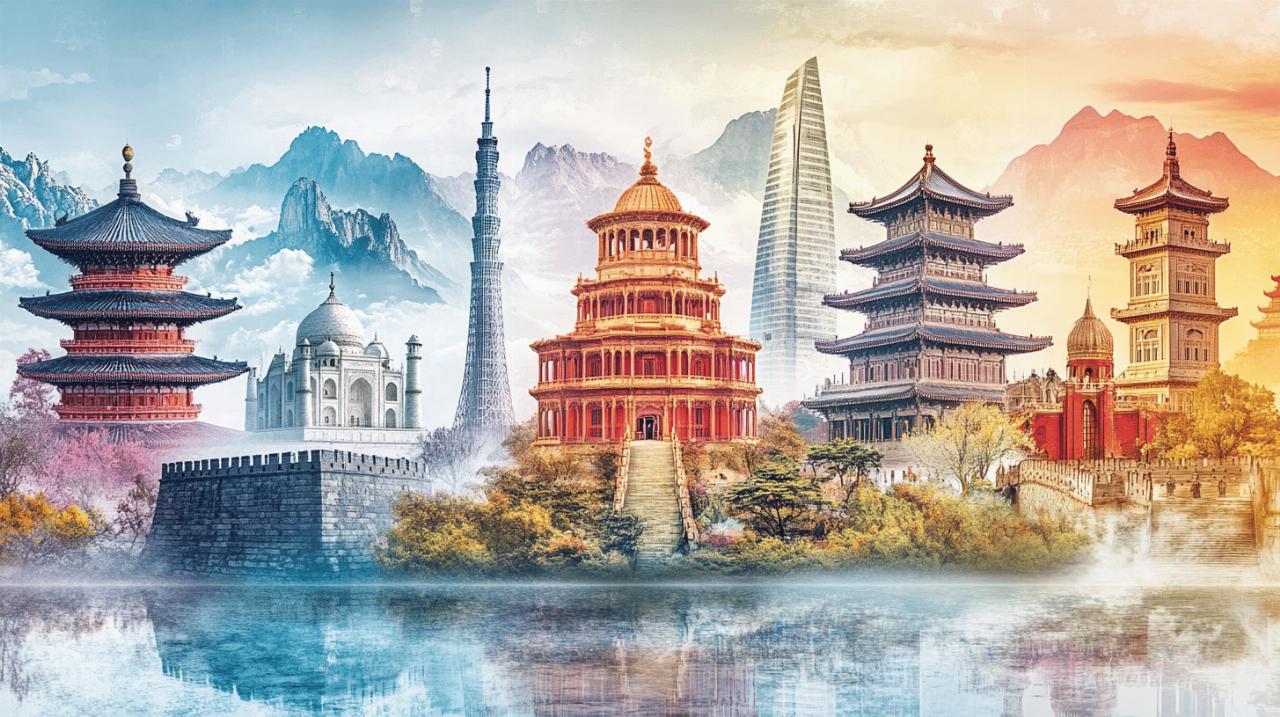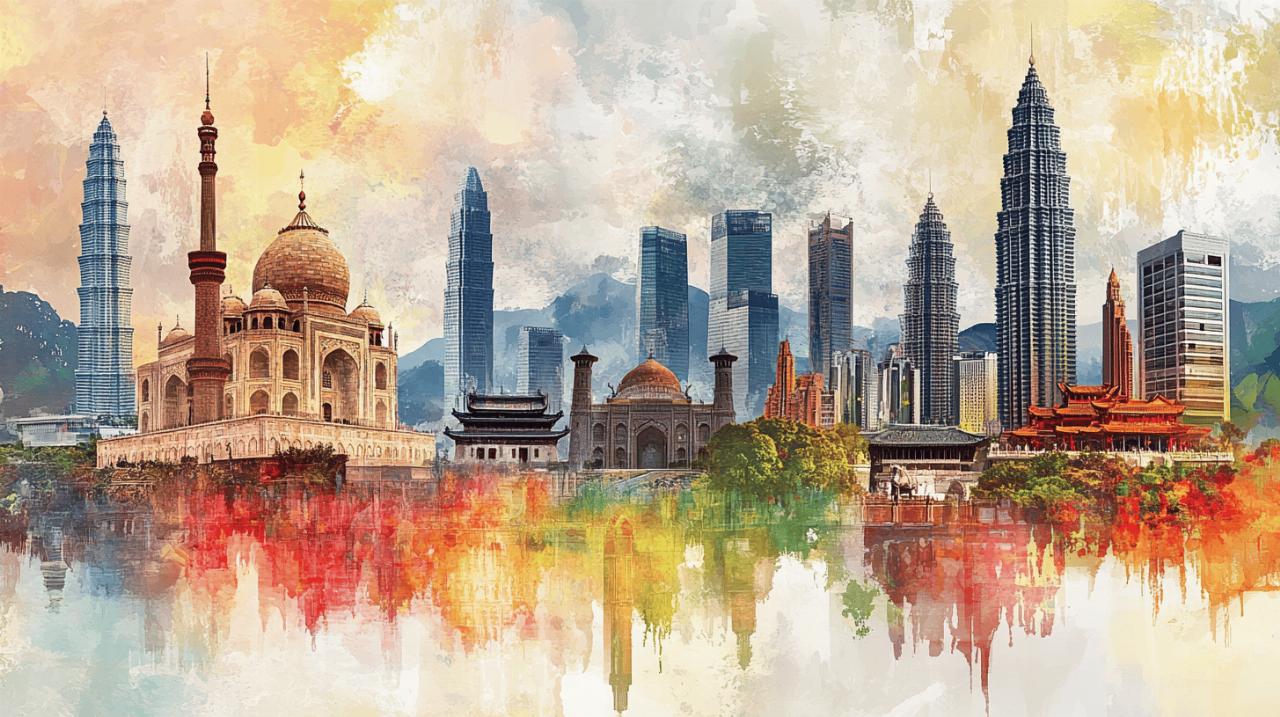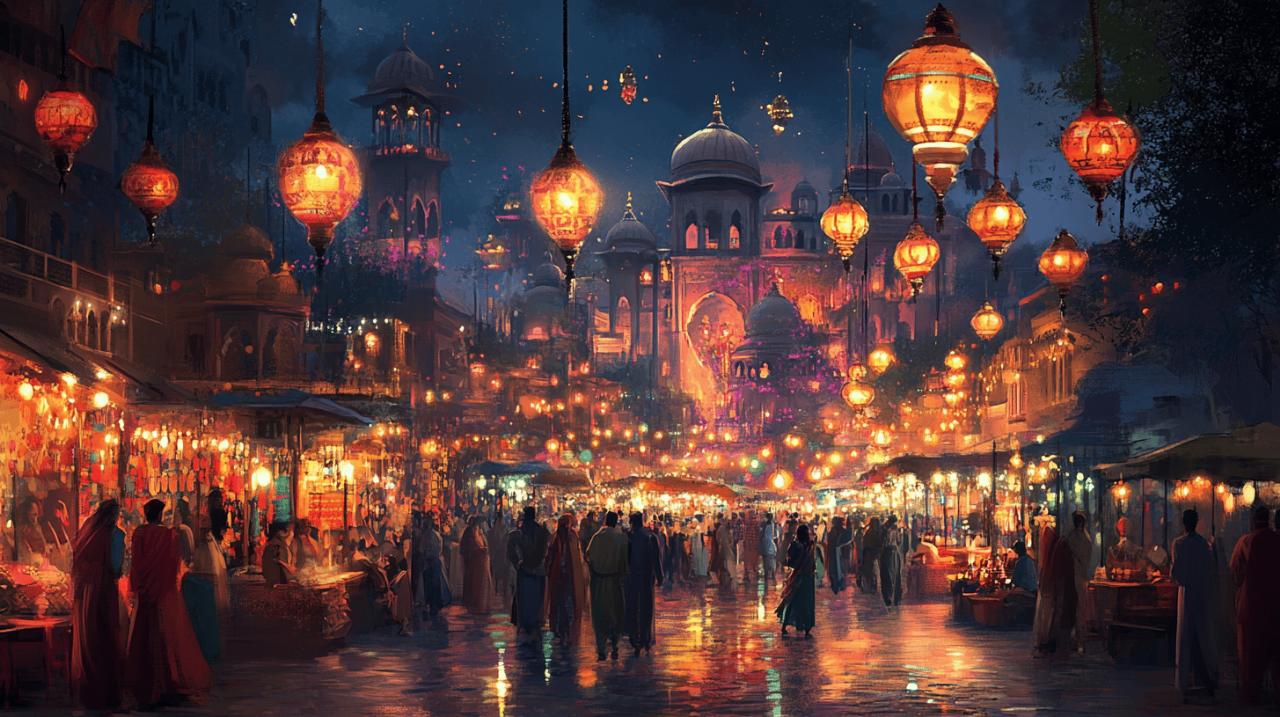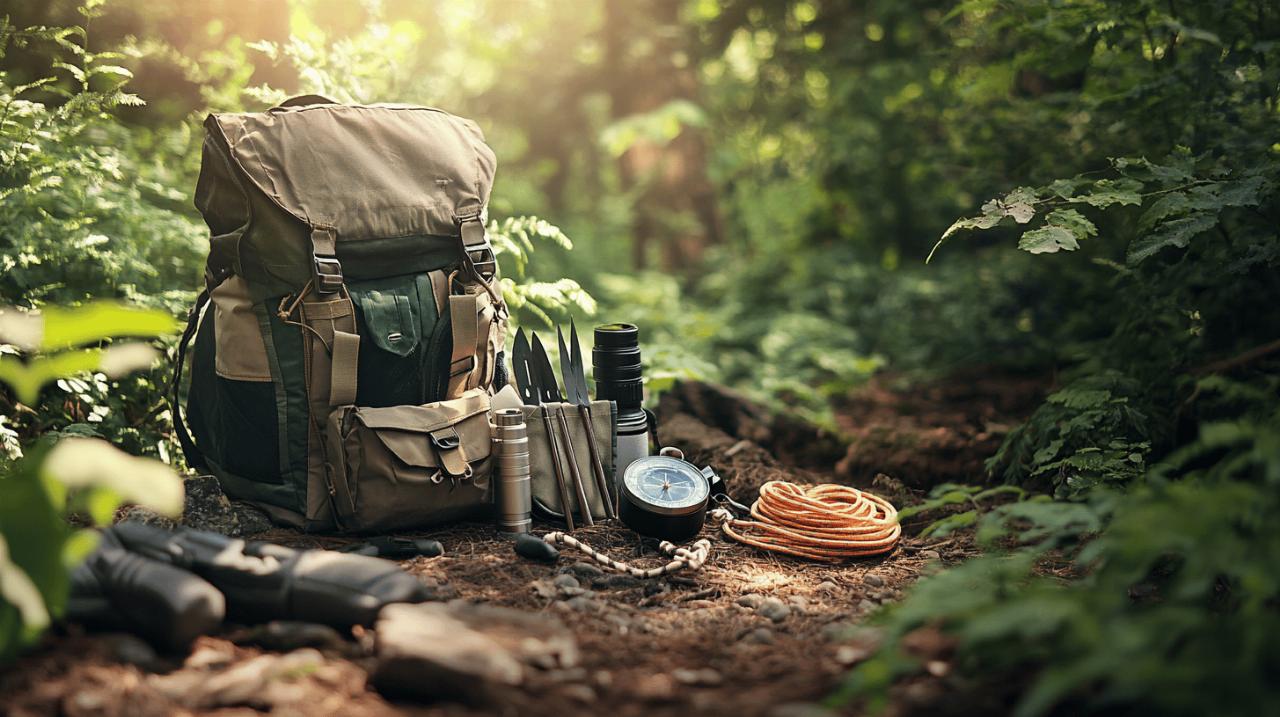Asia stands as a treasure trove of architectural splendour and historical grandeur, inviting travellers to immerse themselves in its rich tapestry of cultures and civilisations. From the mysterious burial pits of ancient China to the sacred spires of Southeast Asian temples, each monument tells a unique story spanning millennia. Whether you seek the awe-inspiring craftsmanship of imperial dynasties or the spiritual tranquillity of religious sanctuaries, exploring these seven essential monuments promises an unforgettable journey through some of the continent's most iconic heritage sites.
Emperor qin's terracotta army: china's underground marvel
The Discovery and Historical Significance of the Terracotta Warriors
In the spring of 1974, local farmers near Xi'an were digging a well when they stumbled upon fragments of pottery that would become one of the greatest archaeological discoveries of the modern era. This chance encounter revealed the vast underground army commissioned by Emperor Qin Shi Huang, who unified China in 221 BCE after ascending to power as a thirteen-year-old ruler of the Qin kingdom in 246 BCE. The emperor's ambition extended beyond his earthly reign, as he devoted immense resources to constructing an enormous funerary compound spanning ninety-eight square kilometres. More than seven hundred thousand labourers toiled for nearly four decades to bring this vision to life, crafting thousands of life-sized clay soldiers to protect the emperor in the afterlife. Scientists estimate that approximately eight thousand figures populate four distinct burial pits, each warrior meticulously sculpted with individual facial features and expressions.
The Terracotta Army stands as a testament to the emperor's revolutionary approach to governance, which relied on Legalism to maintain strict control over his newly unified empire. Qin Shi Huang divided his domain into thirty-six command areas, standardised the written language using Small Seal Script, and introduced uniform currency through the Qin Banliang coin. The terracotta warriors reflect this pursuit of order and standardisation, yet paradoxically showcase remarkable individuality in their craftsmanship. Unlike earlier miniature ceramic soldiers found in Han tombs that measured merely nine to twelve inches tall, these figures replicate human proportions with stunning accuracy. The mausoleum itself rises seventy-six metres above the Lintong District landscape, approximately thirty-one kilometres east of Xi'an city centre, and remains enclosed by inner and outer walls covering a combined area exceeding two hundred square metres.
What to Expect When Visiting the Excavation Sites
Planning a visit to the Terracotta Warriors and Horses Museum requires consideration of both timing and route to maximise the experience. The site divides into three main excavation areas, with Pit One covering approximately fourteen thousand two hundred and sixty square metres as the largest and most impressive section. Seasoned travellers recommend following a specific sequence through the museum, beginning with Pit One before proceeding to Pit Three, then Pit Two, and concluding at the Exhibition Hall to gain a comprehensive understanding of the archaeological work. The museum operates daily, opening at half past eight in the morning and closing at half past six during the peak season from mid-March through mid-November, whilst closing slightly earlier at six o'clock during winter months. A combined ticket priced at one hundred and twenty Chinese yuan grants access to both the museum and the mausoleum itself.
Allocating sufficient time proves essential, as a thorough exploration typically requires between one and a half to two hours at minimum. Many visitors opt for a two to three day stay in Xi'an to fully appreciate the city's other attractions alongside the warriors. The journey from Xi'an's city centre covers approximately forty kilometres, accessible via metro line nine combined with bus line 602 for roughly ten yuan, or through direct bus services costing between twenty-five and thirty yuan. A complimentary shuttle bus connects the museum with the tomb mound two kilometres away, whilst an optional sightseeing car through Lishan Garden costs fifteen yuan. Spring months from March through May and autumn from September through November offer the most comfortable visiting conditions with moderate temperatures. Arriving either early at half past eight or ten in the morning, or later after three in the afternoon, helps avoid the heaviest crowds and provides optimal lighting conditions for photographing the excavated figures. Recent additions include the Bronze Chariots and Horses Museum, opened in 2021 and located two hundred and forty metres from the burial pit, as well as Burial Pit Number 9901, known as the Pit of the Hundred Entertainers.
Angkor wat: cambodia's spiritual and architectural masterpiece
Understanding the Temple Complex and Its Religious Heritage
The vast temple complex of Angkor Wat represents the pinnacle of Khmer architectural achievement and stands as the largest religious monument in the world. Originally constructed as a Hindu temple dedicated to Vishnu during the early twelfth century, the site gradually transformed into a Buddhist temple complex, reflecting the shifting religious landscape of Southeast Asia. The five distinctive towers rising above the jungle canopy symbolise Mount Meru, the sacred mountain at the centre of Hindu and Buddhist cosmology. Intricate bas-reliefs covering the gallery walls depict scenes from Hindu epics and historical events, offering visitors a window into the spiritual and political life of the ancient Khmer empire.
The careful alignment of the temple with astronomical phenomena demonstrates the sophisticated knowledge possessed by its builders. The western orientation differs from most Angkor temples and may relate to the worship of Vishnu or symbolise the journey from life to death. The symmetry and proportion evident throughout the complex create a sense of harmony that continues to captivate scholars and travellers alike. The surrounding moat and outer wall originally served both practical defensive purposes and symbolic functions, representing the cosmic ocean encircling the earthly realm. Today, the temple complex has earned recognition as a UNESCO World Heritage Site, drawing visitors from across the globe who seek to experience its spiritual atmosphere and architectural magnificence.
Best Times and Routes for Exploring Angkor's Sacred Grounds
Navigating the extensive grounds of Angkor requires strategic planning to make the most of limited time whilst avoiding the intense heat and crowds. The dry season from November through March offers the most pleasant weather conditions, though this popularity means increased visitor numbers. Early morning visits provide two distinct advantages: witnessing the spectacular sunrise over the temple spires and exploring the galleries before the midday heat becomes oppressive. Many travellers choose to arrive before dawn to secure a prime viewing position for the sunrise, though this popular activity means sharing the experience with numerous other enthusiasts.
Purchasing a multi-day pass proves worthwhile for those wishing to explore beyond the main temple, as the broader Angkor Archaeological Park encompasses dozens of significant structures spread across considerable distances. Hiring a knowledgeable local guide enhances understanding of the complex symbolism and historical context embedded in the temple's design. Comfortable walking shoes become essential given the extensive grounds and uneven stone surfaces, whilst modest clothing that covers shoulders and knees shows respect for the sacred nature of the site. The afternoon light creates different photographic opportunities compared to morning visits, illuminating the western galleries with warm tones. Balancing time between the famous central complex and lesser-known surrounding temples provides a more comprehensive appreciation of Khmer civilisation's breadth and sophistication.
The Great Wall of China: Walking Through Centuries of History
Key sections worth visiting along the ancient fortification
 The Great Wall of China stretches over thirteen thousand miles across northern China, representing one of humanity's most ambitious construction projects. Though often attributed to a single building campaign, the wall actually evolved over centuries as various dynasties connected and extended existing defensive structures. Emperor Qin Shi Huang initiated the first major unification effort, linking earlier walls constructed by warring states into a more cohesive barrier against northern invasions. This monumental undertaking employed hundreds of thousands of workers and established the foundation for subsequent dynasties to build upon. Today, the wall stands as a UNESCO World Heritage Site and symbolises both China's historical might and the ingenuity of ancient engineering.
The Great Wall of China stretches over thirteen thousand miles across northern China, representing one of humanity's most ambitious construction projects. Though often attributed to a single building campaign, the wall actually evolved over centuries as various dynasties connected and extended existing defensive structures. Emperor Qin Shi Huang initiated the first major unification effort, linking earlier walls constructed by warring states into a more cohesive barrier against northern invasions. This monumental undertaking employed hundreds of thousands of workers and established the foundation for subsequent dynasties to build upon. Today, the wall stands as a UNESCO World Heritage Site and symbolises both China's historical might and the ingenuity of ancient engineering.
Different sections of the wall offer vastly different experiences for modern visitors. The Badaling section near Beijing attracts the largest crowds due to its accessibility and well-preserved state, featuring wide walkways and restored watchtowers that provide sweeping views of the surrounding mountains. For those seeking a more authentic and less crowded experience, the Mutianyu section offers similar proximity to Beijing with fewer tourists and cable car access for those preferring to conserve energy. The Jinshanling and Simatai sections appeal to adventurous trekkers willing to tackle rougher terrain in exchange for dramatic vistas and a genuine sense of the wall's original defensive character. Some portions remain wild and unrestored, allowing visitors to witness how nature gradually reclaims human constructions over centuries.
Practical tips for trekking china's most iconic monument
Preparing adequately for a Great Wall visit ensures both safety and enjoyment. The wall's steep gradients and uneven stone steps demand reasonable physical fitness, particularly for sections involving extended walking distances. Wearing sturdy hiking boots with good ankle support prevents injuries on the irregular surfaces, whilst layered clothing accommodates the temperature variations between exposed ridges and sheltered valleys. Carrying sufficient water proves essential, especially during summer months when temperatures soar and shade remains scarce along many stretches. Sunscreen and a hat provide protection against intense ultraviolet radiation at higher elevations.
Timing the visit carefully enhances the experience considerably. Weekdays see fewer domestic tourists compared to weekends, when families from nearby cities flock to popular sections. Early morning or late afternoon visits avoid both crowds and the harshest midday sun, with the added benefit of dramatic lighting for photography enthusiasts. Winter visits offer crystalline air and snow-dusted ramparts, though icy conditions require additional caution and appropriate footwear. Hiring a private guide provides historical context and access to insider knowledge about the best viewpoints and hidden features. Many visitors combine a Great Wall excursion with other Beijing attractions, creating a comprehensive introduction to China's imperial heritage. The wall's sheer scale means that even a full day barely scratches the surface, yet the experience of standing atop these ancient fortifications connects modern travellers to countless generations who defended or maintained this extraordinary structure.
From taj mahal to borobudur: asia's other unmissable architectural wonders
India's taj mahal and japan's historic temples
The Taj Mahal stands as perhaps the world's most recognisable symbol of eternal love, commissioned by Mughal Emperor Shah Jahan as a mausoleum for his beloved wife Mumtaz Mahal. The white marble edifice rises majestically on the banks of the Yamuna River in Agra, its perfect symmetry and intricate inlay work representing the pinnacle of Mughal architectural achievement. The monument's appearance transforms throughout the day as shifting sunlight plays across the marble surfaces, ranging from soft pink at dawn through brilliant white at midday to golden hues at sunset. The surrounding gardens follow traditional Persian design principles, with geometric patterns and water channels creating a vision of paradise on earth. Visiting during the cooler months from October through March provides more comfortable conditions for exploring the extensive grounds and appreciating the fine details of the decorative elements.
Japan's historic temples offer a contrasting aesthetic rooted in Buddhist and Shinto traditions. The golden pavilion of Kinkaku-ji in Kyoto gleams above its reflecting pond, presenting one of Japan's most photographed scenes. The ancient capital of Nara houses Todai-ji temple, home to a colossal bronze Buddha statue that has weathered centuries of earthquakes and political upheaval. The vermillion torii gates of Fushimi Inari Shrine create tunnels of colour winding up the mountainside, each gate donated by individuals or businesses seeking divine favour. These temples exemplify Japanese architectural principles emphasising harmony with natural surroundings rather than domination over the landscape. The changing seasons dramatically alter the temple settings, with cherry blossoms in spring and autumn foliage creating ephemeral beauty that complements the permanent structures.
Indonesia's borobudur and thailand's grand palace highlights
Borobudur rises from the Indonesian jungle as the world's largest Buddhist monument, constructed during the eighth and ninth centuries when the region embraced Mahayana Buddhism. The massive stone structure takes the form of a giant mandala, with nine stacked platforms representing the Buddhist cosmos and the path to enlightenment. Over two thousand relief panels and five hundred Buddha statues adorn the monument, creating an encyclopaedic narrative of Buddhist teachings and daily life in ancient Java. Pilgrims traditionally circumambulate each level whilst contemplating the teachings illustrated in the stone carvings, ascending from the earthly realm through intermediate stages toward the formless realm represented by the empty stupas crowning the summit. The monument faces eastward to greet the rising sun, and visitors who arrive at dawn witness the structure emerging from morning mists as the surrounding volcanoes catch the first light.
Bangkok's Grand Palace complex served as the official residence of Thai kings for over one hundred and fifty years and remains the spiritual heart of the Thai kingdom. The dazzling array of buildings showcases traditional Thai architectural elements alongside European influences, creating a unique fusion that reflects Thailand's successful navigation between tradition and modernisation. Within the palace grounds stands Wat Phra Kaew, the Temple of the Emerald Buddha, which houses Thailand's most sacred Buddha image carved from a single block of jade. The temple's walls display murals depicting the Ramakien, Thailand's version of the Hindu epic Ramayana, with scenes rendered in brilliant colours and gold leaf. The strict dress code requiring covered shoulders and knees reminds visitors of the site's ongoing religious significance beyond its role as a tourist attraction. Exploring these seven monuments across Asia provides travellers with profound insights into the diverse civilisations that have shaped the continent, each offering unique perspectives on humanity's enduring drive to create beauty and meaning through monumental architecture.





